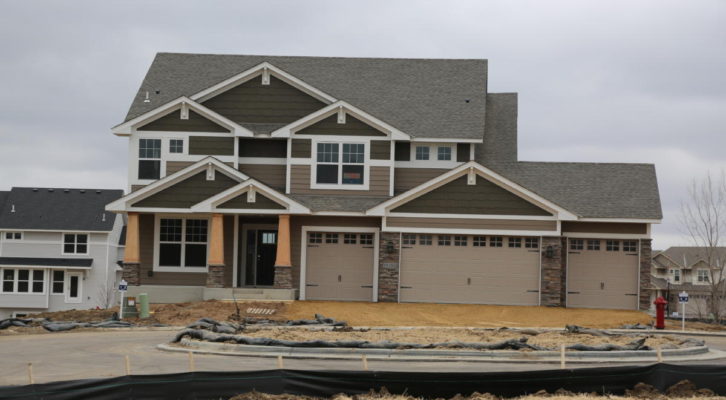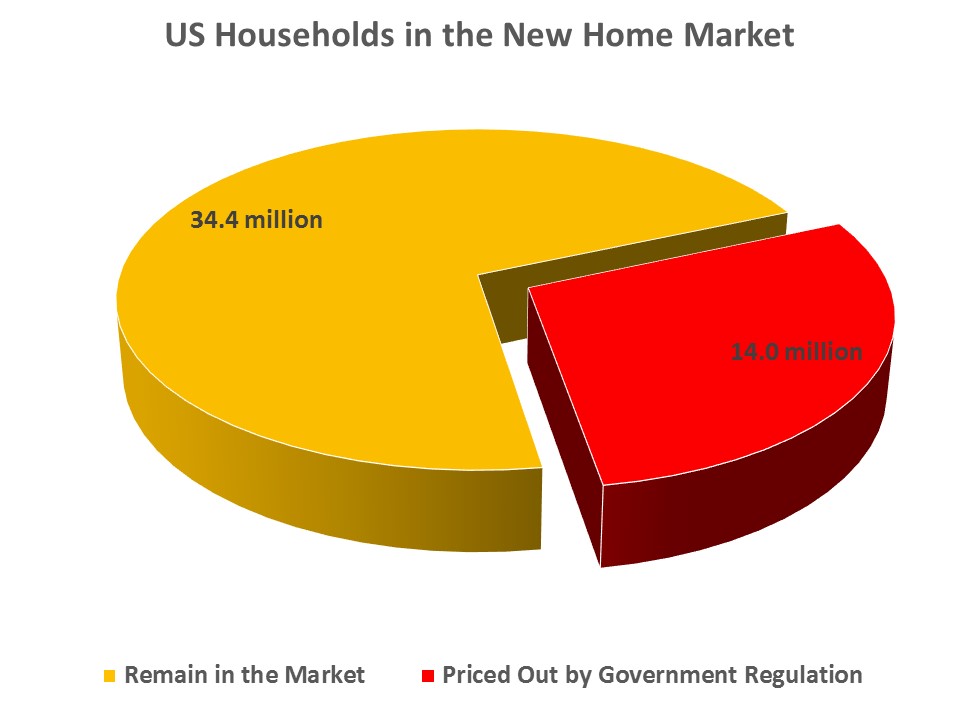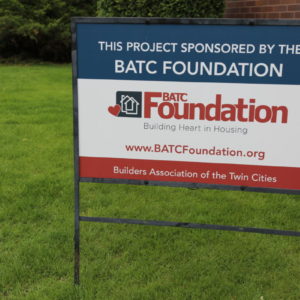A recent NAHB study estimated that, on average, regulations imposed by government at all levels account for 24.3% of the final new home price. For a typical new single-family home built for sale, this translates into additional $84,561.
NAHB Economics estimates that 14 million American households are priced out of the market for a new home by government regulations that, on average, increase the new home price by 24.3%. Households become “priced out” when they no longer qualify for a new home mortgage because of higher prices.
NAHB’s “priced-out” computations are a down payment equal to 10 percent of the purchase price and a 30-year fixed rate mortgage. For a loan with this down payment, lenders would typically require mortgage insurance, so NAHB also assumes an annual premium of 45 basis points for private mortgage insurance. Information about property taxes and property insurance per dollar of home value comes from the 2014 American Community Survey (ACS).
The current version of the NAHB Priced Out Model uses the most recent US household income distribution based on the 2014 ACS data.
















